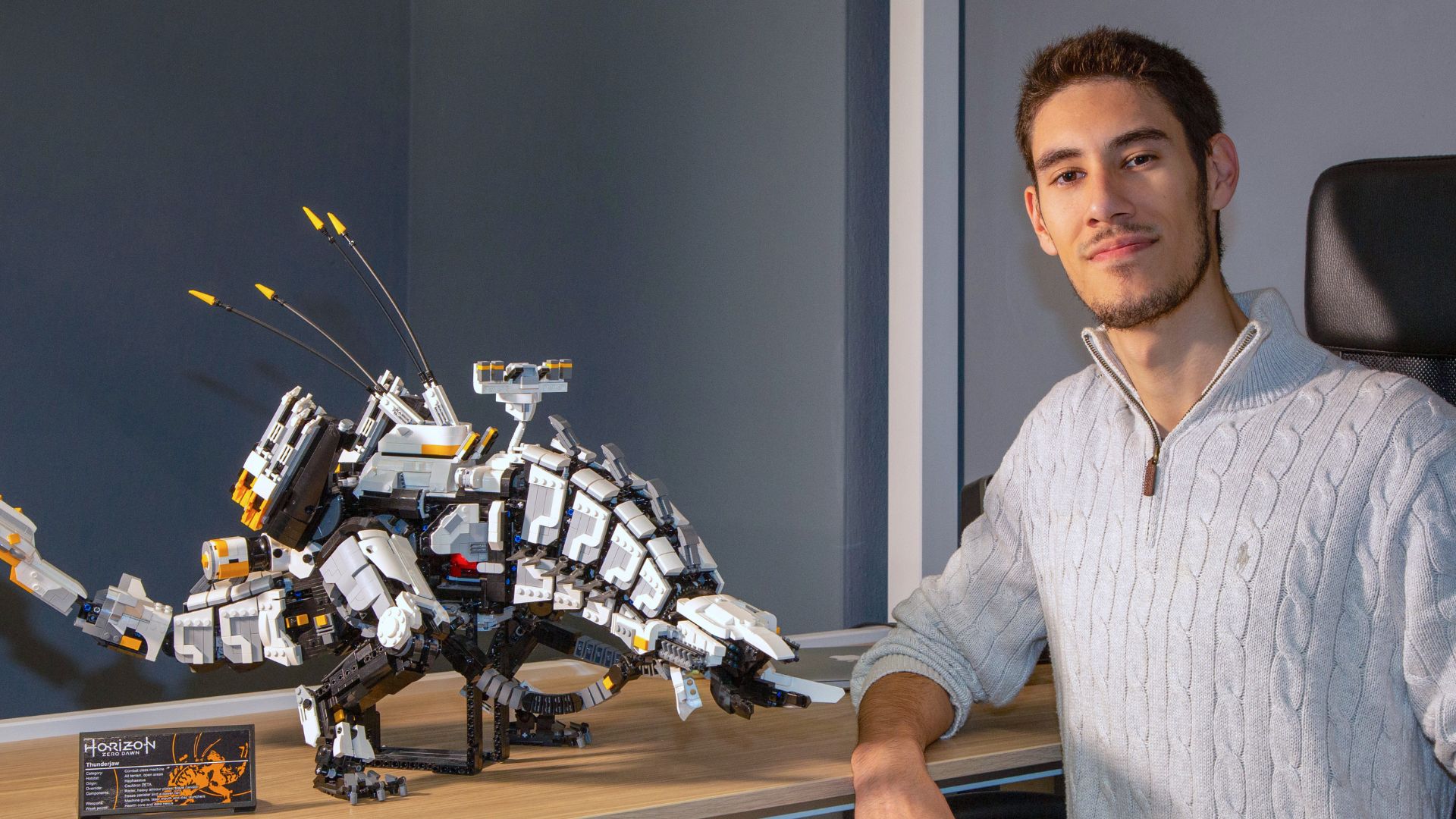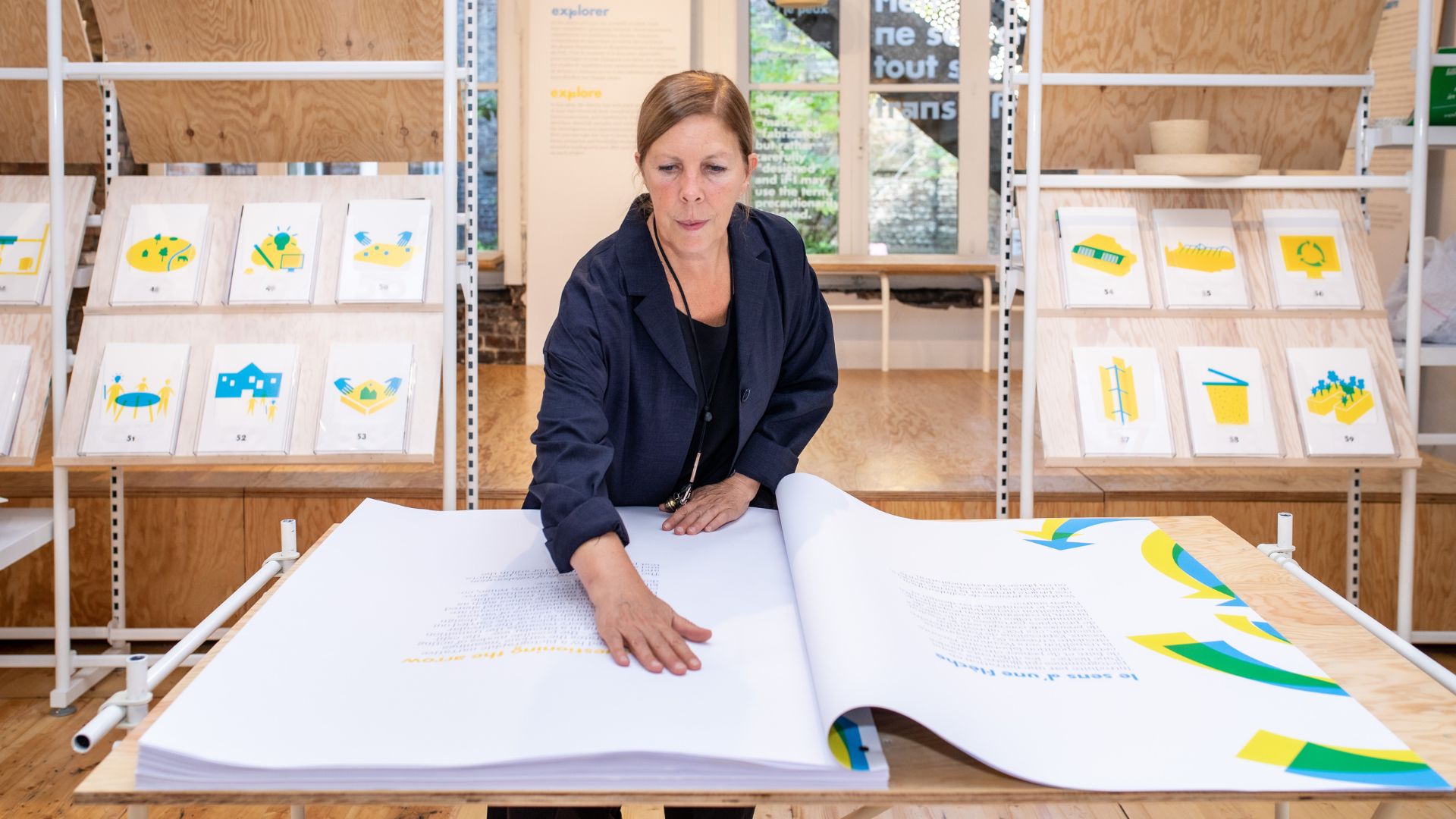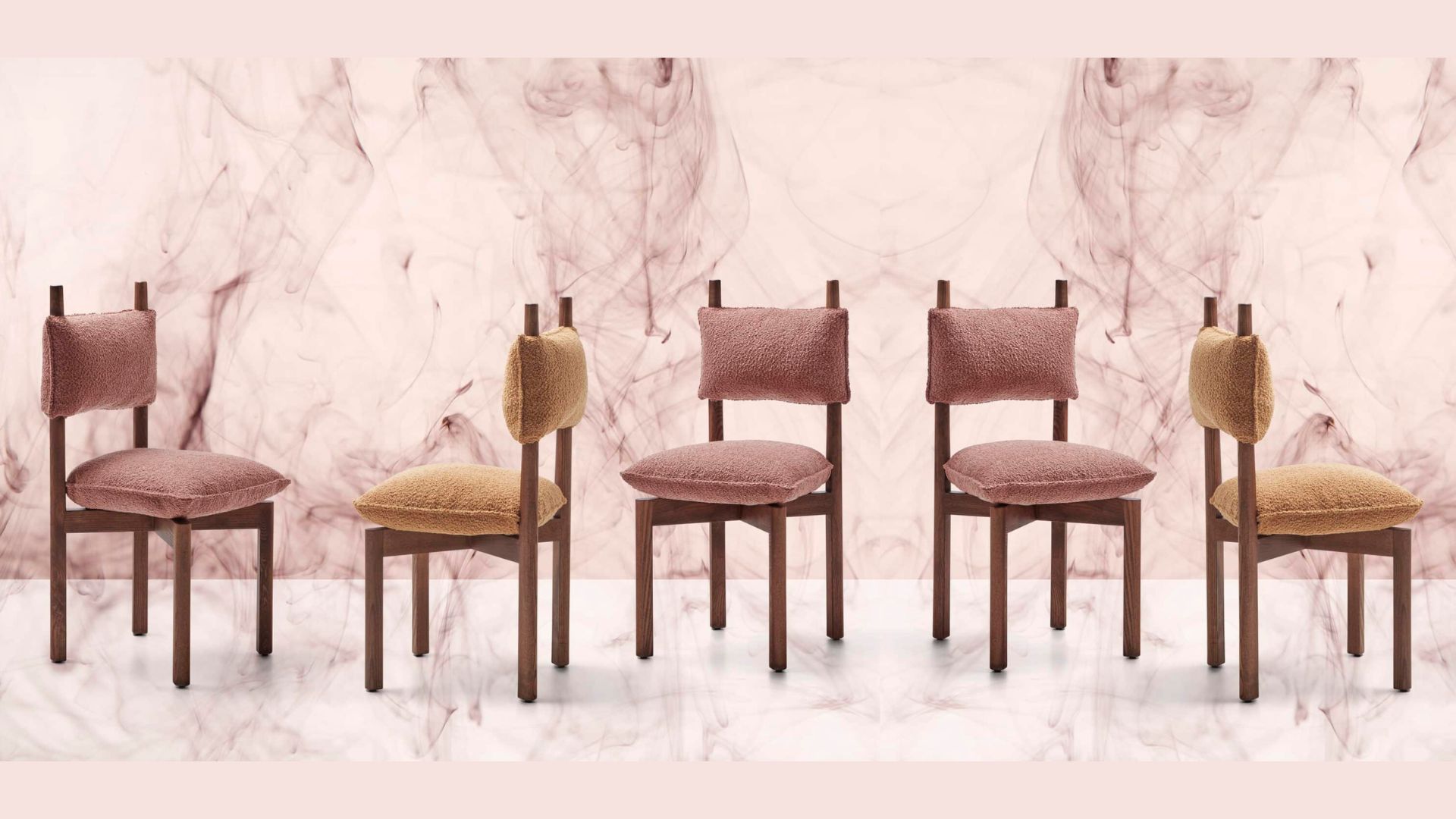Konstantin Grcic on design experimentation

“It’s a rare privilege to be able to work on a project like this”, says Konstantin Grcic indicating the 6 geometric totems he conceived for Alpi, covered with the gradient veneers he designed.
We are in a small gallery in Milan and in this bare interior his enchanting structures are strikingly beautiful and expertly exhibited: surrounded by sheets of the more classic Alpi collections, they really stand out with their bold colors and articulated shapes.
When Konstantin Grcic says “a project like this”, he means an operation with no other purpose than to try to do something different with a company know-how and see what happens in the process. With no KPIs or other marketing measuring factors involved.
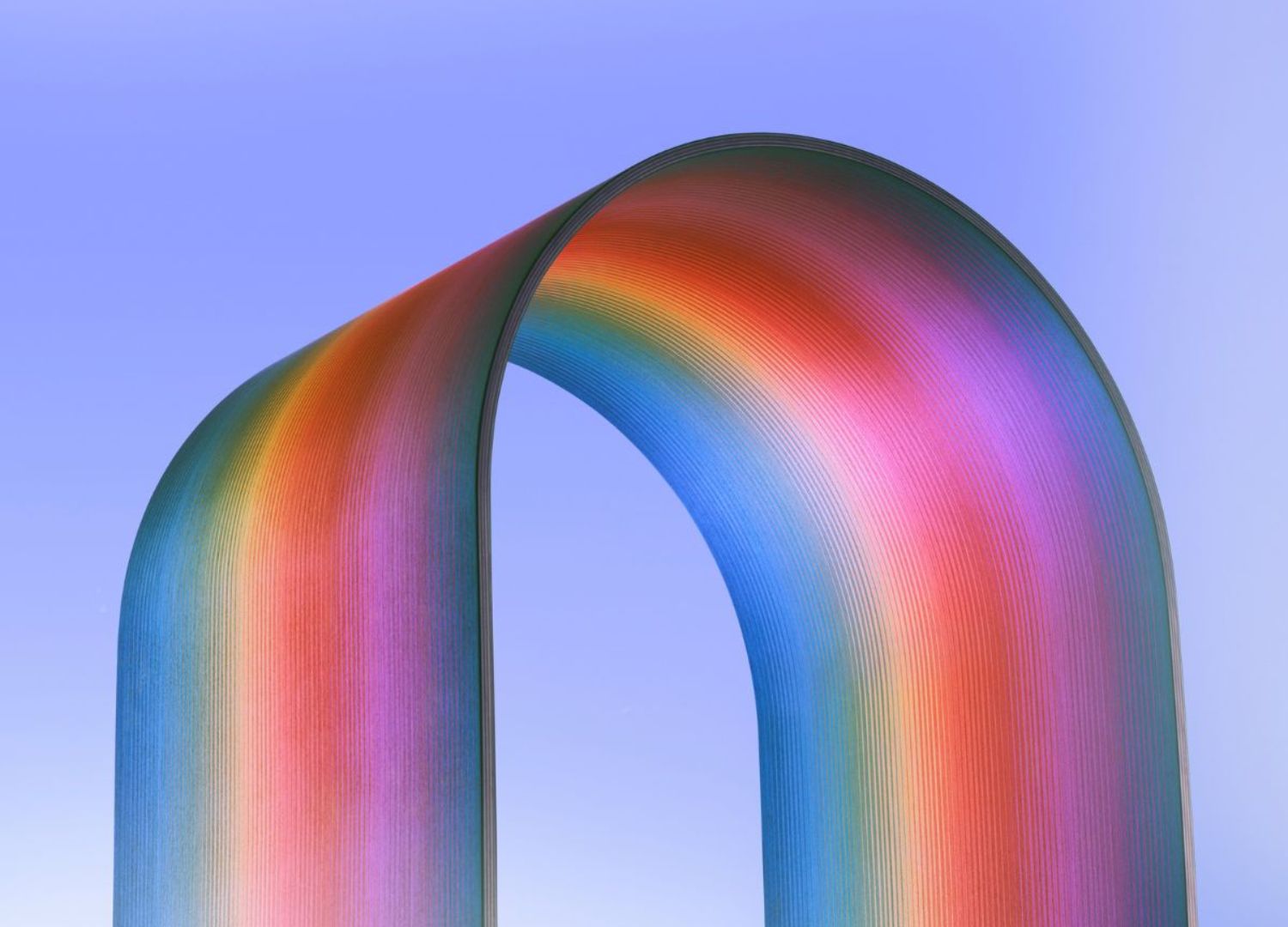
Indeed, Alpi is not new to such operations: Konstantin Grcic is the fifth designer that the Italian composite wood company has asked to create furniture using its veneers.
“Companies are very marketing focused nowadays and that tends to kill experimentation”, Grcic explains. “Don’t get me wrong: good marketing – the kind that listens to people, get glimpses of what goes on – is fundamental. But marketing is bad when it goes for easy formulas that give instant success, and that happens more and more, with all brands and at all levels. And that truly kills design developments”.
So what is this project for Alpi all about?
Konstantin Grcic:
“Alpi gave me unlimited creative freedom in designing something that would express the potential of their products. That is to say veneers made by peeling wood, trimming it to size and then recreating the slab by pressing together a certain number of sheets. A complex process that allows you to do many things, from a creative perspective. While visiting the factory and seeing the coloring process in large baths, I suggested to work on a gradient veneer”.

Why is developing a gradient veneer interesting?
Konstantin Grcic:
“Because it had not been done and it also turned out to be quite difficult plus it shows the versatility of the process. Indeed, my first ideas to disrupt the dyeing phase proved to be naive and simply not practical. After a number of futile trials, we eventually found a feasible path that was even simpler than expected: we managed to fade one colour into another by interlacing different coloured sheets of veneer in a staggered sequence.
You basically stack up vertically a series of veneer sheets that make up the gradients you want, press them and glue them, and then slice them horizontally to obtain a certain number of sheets featuring the décor. When Alpi accepted to do this, they rose to a challenge with an uncertain outcome, and that’s what I meant when I said it’s rare to work on such a project nowadays”.
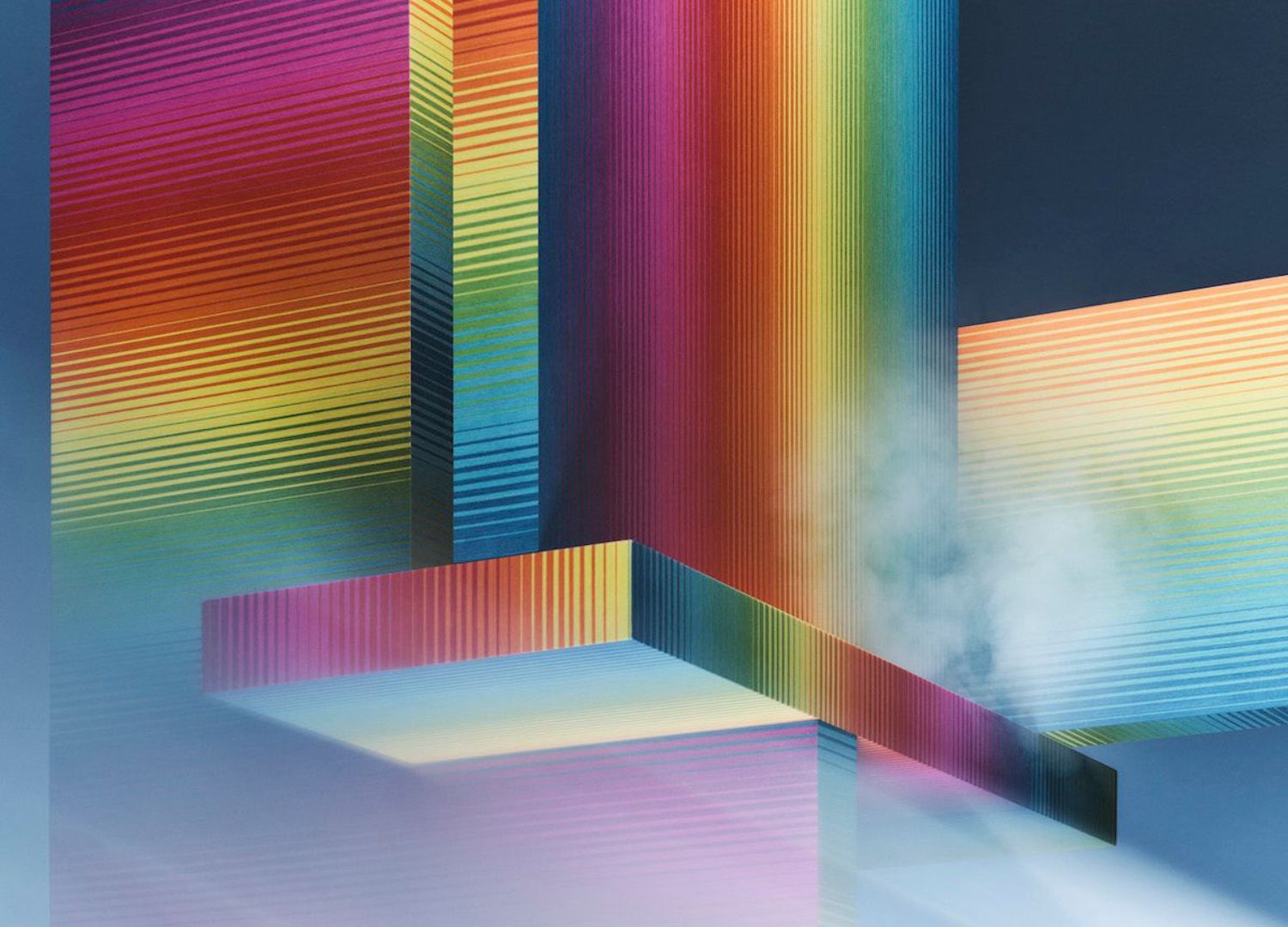
What’s interesting about reconstituted natural wood when you can have the real thing?
Konstantin Grcic:
“The reason why Alpi do it like this is that veneer, when it’s cut from the tree, it’s never the same. There are industries in which you need to get perfection of the veins which you can obtain when you process veneer with this method. I love it because it’s an industrial way of manufacturing something natural that, in the end, actually looks natural again. With my gradient veneer, on the contrary, you know it’s artificial. But again, when you get close to it, you see the grains of wood”.
The totems are like mini-architectures: why did you choose such shapes?
Konstantin Grcic:
“I wanted to develop 3D surfaces and use the proportions of furniture or architectural elements to illustrate the veneer’s visual impact and versatility. So you have arches, curves, round and flat surfaces, large and small, angled, mitered and staggered. It’s all very abstract, with no application in mind, no intention of function apart from showcases the potential of a mad-made material”.

Why is it important for companies to do exercises like this one?
Konstantin Grcic:
“Because it expands horizons and allows them to experience reality anew each time. And, above all, to get out of the push to be constantly strategic: to do only actions that will lead you exactly where you want to be and when you want to get there. Experimentation is the exact opposite: you embark on a journey and have a direction but how you will get there, if at all, is unknown.
And you may end up getting somewhere else all together. We were talking about bad and good marketing: companies should do good marketing, and also experimentation. What they should avoid is the bad marketing of the quick and easy solutions. These sort of exercises also remind companies about the value of trying new things”.

In the era of social media is it easier or more difficult for designers to figure out what people want?
Konstantin Grcic:
“I’m not against social media but I can’t cope with them. I cannot bear looking at Instagram even for 5 seconds because the speed, short formats and accumulation of messages disturbs me. So I am not the best person to answer this question. As a designer, I clearly need to be in touch with people and I do what I have always done: never assume that I understand people but make all possible efforts to listen and understand those I encounter and draw considerations from there”.

What do you think people expect today now from good design?
Konstantinn Grcic:
“I think people expect transparency and honesty. And this may be one good thing that comes from the hecticness of today.
We are overwhelmed with information. But figuring out what is true and what isn’t is getting increasingly difficult. This is terrifying when it comes to politics and world affairs but also in our own personal lives.
In an ever more virtual world, designers make real things. Things you can touch and look at and feel good. So good design always has had to be honest, and transparent. But now those qualities acquire a much deeper meaning”.
Read the Italian version of this article on DesignAtLarge.it.



